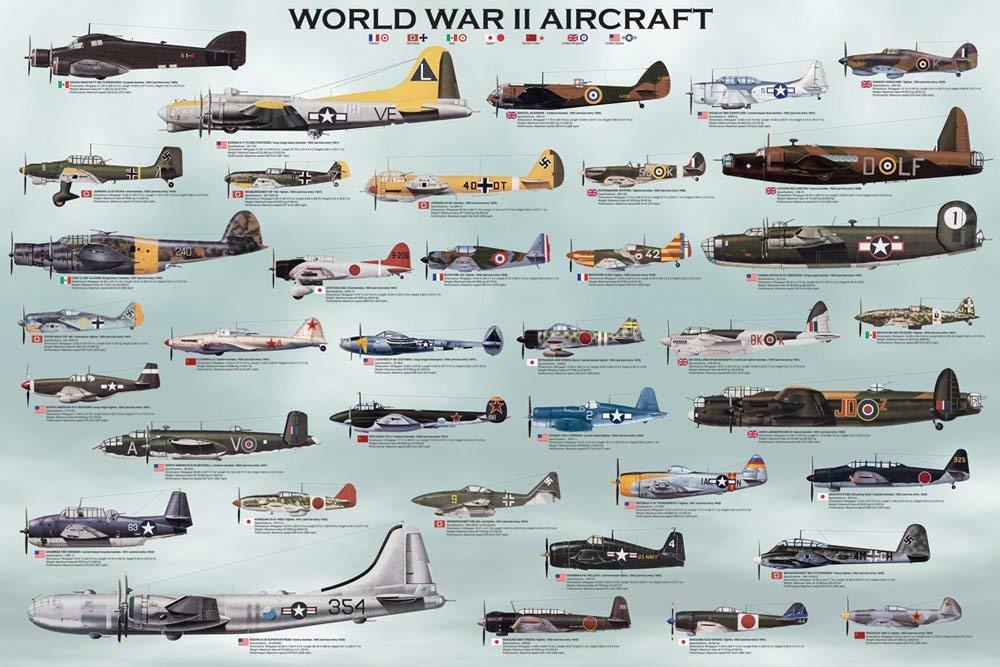Let’s get more boys home!
Imagine getting engaged in a dogfight in the sky.
There are bullets whizzing past your cockpit, muffled thuds of the anti-aircraft guns and vibrations that result when a shell detonates nearby. Every now and then you see that disheartening spiralling column of smoke – another of your colleagues shot down. Your happiness from your ‘kills’ are short-lived for there are more of the enemy planes with renewed vengeance on your tail!
The survivorship chances of warplanes, during the second world war was explained as,
“Trying to run shirtless across a football field swarming with angry hornets and making it unharmed to the other side.”
The planes had to do multiple sorties, and even if you came back once there was no guarantee that you will be able to repeat your act. As a world war II bomber, suspended in air, you were vulnerable. From every side, you could be attacked. 12’o clock, 3’o clock, 6’o clock, 9’o clock – how many directions would you be able to monitor for ‘incoming’?
Keeping the planes in the sky, safe and for longer, was hence one of the pivotal needs to achieve supremacy and solutions were needed quickly.
The top brass decided to document what they know and took up the problem for solutions among the various departments.
The researchers from the Centre for Naval Analyses conducted a study of the aircraft that returned from missions and came up with a schematic of where the planes were hit the most.

“These are the areas where we need to add additional armour” went the recommendation. Naturally, the commanders thought to reinforce the areas that were taking the most hits.
During World War II, Abraham Wald was member of the Statistical Research Group that applied statistical skills to solve wartime problems. This problem to minimise hits was presented to Abraham Wald.
For Wald, this was a clear case of Survivorship Bias. The planes that returned had been analysed and their damage mapped to come up with the recommendation. He asked,
“What about the ones that never returned? Aren’t those the better indicators of where the armour should go?”
Wald said that the sample represented planes, that despite having numerous hits on their tail fin, wings and body had made it back to the base safely. The ones that hadn’t were not considered as they are not available for assessment. In fact those were the best samples for coming up with the vulnerable spots.
“So, the areas that are unscathed are actually the places where the additional armour should go. Because, that is where the planes are most vulnerable”

Wald provided, using complex calculations, the vulnerability and the probability of each plane getting hit in those parts.
His suggestions and calculations saved a lot of lives while ensuring that planes weren’t bulked-up unnecessarily!
We see this bias in our everyday lives as well.
Getting inspired by start-ups that made it and ignoring the 95% who couldn’t, motivators with rags-to-riches stories, following business models of businesses that ‘made it’, choosing candidates, making choices based on limited data and investment decisions made on recommendations.
How often we look to the other side and elicit feedback from people who have actually failed and were never able to rise up. People who could have much different and pertinent stories to tell? Most of the stories will never surface as individuals and organisations do not come out in public.
When analysing the failures of Digital transformations, it is as important, if not more, to know the stories of the failed transformations.
Details on what not to do, becomes more important. You will not get this information from successful transformations!
A summary of learning from some failed transformations from experience, GE, Ford and P&G will reveal,
- Transformations need to be well-integrated with the rest of the organisation and its partners. A customer whose partners did not want to upgrade their respective systems had to roll back a game-changing feature!
- Transformations, cannot be stand-alone – all other departments and stakeholders up and down the value chain will have to buy-in. Ford’s smart-mobility spin-off was isolated on many levels.
- Lack of decisive and clear communication from the Senior management results in a chaotic transformation. People across had different versions of what the transformation meant!
- Senior management has to be committed and involved in the cause. Armchair governance will not help. Frequent changes of ownership, absence of senior members during decision making and important meetings, lack of an escalation mechanism to drive some important changes.
- Front-line needs to be enabled and empowered. Senior managers commanding chunks of transformation, but having to run to the top for every decision is not going to cut it.
- Lack of an internal expert/team who can put together the pieces and challenge the decisions is required. Every shiny objective cannot be pursued blindly.
- Not understanding the impact that the Macroeconomic factors could have – P&G’s broad initiative with unclear objectives was made worse by the slumping economy.
- GE Digital’s massive undertaking, that focused on short term goals and reporting rather than the long term gains suffered despite the billions that were invested.
- Under-thought plans and not gauging the complexity completely as in the case of Co-operative bank.
- Nike’s lack of a robust data analytics framework that resulted in the Fuelband’s discontinuation.
- Not involving the lowest rung – the actual warehouse employees and call centre teams had an organization work on ‘solving’ the wrong problems and realising its folly too late.
There are many more lessons to be uncovered. So, let’s dig for more cases, interview more people and learn from the ones that didn’t make it. That’s where true knowledge is!


